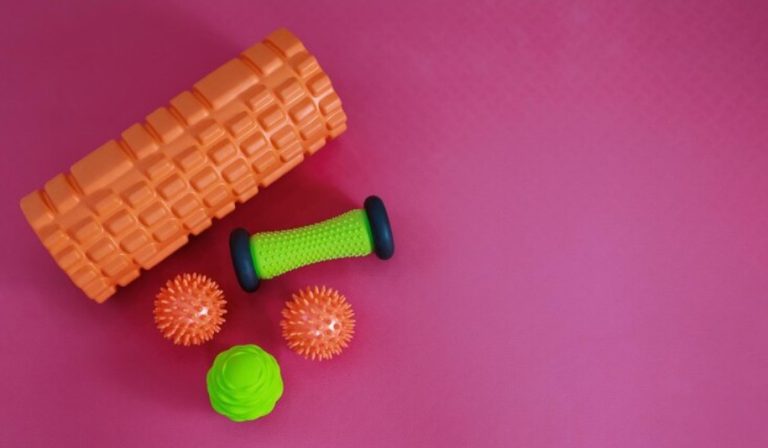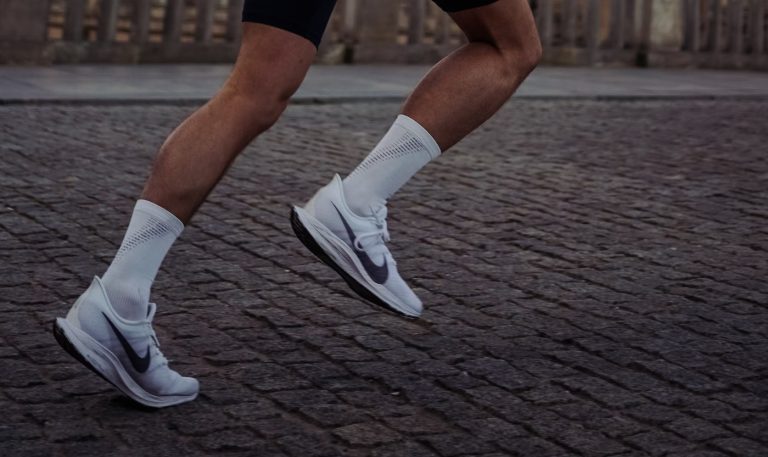Peloton Back Pain: How to Troubleshoot and Prevent Discomfort
If you’re a fan of Peloton bikes, you understand the fantastic benefits that come from the engaging workouts they provide. However, sometimes, discomfort, or even back pain, can occur while exercising on a Peloton. Thankfully, there are steps you can take to troubleshoot and prevent back pain during your workout sessions.
Common Causes of Peloton Back Pain
Back pain can have several root causes when using a Peloton bike, including:

1.Poor bike setup
An improper bike setup can lead to back pain by placing unnecessary stress on your spine. Incorrect seat height and handlebar positioning can also cause discomfort.
2.Incorrect posture
Maintaining improper posture throughout your workout puts a strain on your back, neck, and shoulders, potentially causing discomfort and pain.
3.Weak core muscles
Weak core muscles can affect the stability of your entire body, leading to imbalances that manifest as back pain during workouts.
How to Properly Set Up Your Peloton Bike
Setting up your bike correctly is crucial to ensuring a comfortable and pain-free ride.
Adjusting the seat height

Your seat should be at hip height when standing next to the bike. This positioning allows your leg to extend with a slight bend at the knee when the pedal is at its lowest point.
Determining the appropriate seat position
Your seat should be placed so that a straight line runs from the tip of your seat through the center of the handlebars.
Setting the correct handlebar height
Raising the handlebars can prevent excessive strain on your back by creating a more upright riding position.
Tips for Achieving Good Posture During Peloton Workouts
Practicing proper posture reduces the likelihood of back pain while using a Peloton.
Engaging the core

Tighten your abdominal muscles to maintain a stable posture, which helps support your back and reduce pressure on the spine.
Positioning of the head, shoulders, and hips
Align your head above your shoulders and engage your shoulder blades to reduce tension. Keep your hips evenly rotated without tilting forward or backward.
Hand and arm placement

Place your hands on the handlebars without gripping them too tightly, and keep a slight bend in your elbows. This grip reduces shoulder strain and maintains proper body alignment.
Core Strengthening Exercises for Peloton Users
Strong core muscles are essential for Peloton workouts as they support posture and prevent back issues.
Planks
Maintain a push-up position while resting on your forearms, keeping your body in a straight line. Hold this position for 20 to 60 seconds, doing three sets.
Russian twists
Sit with your knees bent and lean back slightly. Hold a weight or a medicine ball at chest level, twist your torso from side to side, tapping the weight on the ground next to your hip.
Dead bugs
Lie on your back with your arms extended above your chest and legs bent at a 90-degree angle. Slowly lower your right arm behind your head and extend your left leg, then switch sides.
Stretching and Mobility Exercises to Reduce Back Pain
Gentle stretches and mobility exercises can alleviate back pain and improve flexibility.
Cat-cow stretch
On your hands and knees with your back in a neutral position, alternately arch your back (cat) and dip your belly towards the ground (cow).
Child’s pose
From the hands and knees position, sit back onto your heels with your arms extended forward, resting your forehead on the ground.
Lower back rotational stretches
Lie on your back with your knees bent and feet flat. Gently rotate both knees to one side, holding the stretch, and then switch sides.
Troubleshooting Persistent Back Pain
In case of lingering back pain, the following steps can be helpful:
Utilizing Warm-up and Cool-down Routines
Don’t underestimate the importance of warming up before your Peloton workout. Gentle stretches and warm-up exercises prepare your muscles for the intensity ahead. Likewise, cool-down routines help your body recover and reduce post-workout tension in your back.
Incorporating Cross-Training and Rest Days
Overusing your Peloton bike can exacerbate back pain. Mix up your exercise routine by incorporating cross-training activities that don’t strain your back, such as yoga or swimming. Additionally, take regular rest days to allow your muscles to recover fully.
Strengthening Core and Back Muscles
A strong core and back are your allies in the battle against back pain. Incorporate exercises that target these muscle groups, like planks and back extensions, into your routine. Strengthening these muscles provides support and stability to your spine.
Listening to Your Body’s Signals
Your body communicates its needs during workouts. If you experience discomfort or pain, listen to your body and adjust your form or intensity accordingly. Ignoring these signals can lead to injuries and chronic back issues.
Adjusting Workout Intensity Gradually
Progression is vital in any exercise routine, but it should be gradual. Avoid sudden increases in intensity or duration, as this can strain your back. Gradually challenge yourself to build strength and endurance while minimizing the risk of back pain.
The Role of Nutrition in Back Pain
While exercise is crucial, nutrition also plays a significant role in preventing peloton back pain. Maintaining a balanced diet rich in essential nutrients supports your overall well-being, including muscle recovery and reduced inflammation.
Staying Hydrated for Better Performance
Hydration is often overlooked but vital for optimal performance. Dehydration can lead to muscle cramps and decreased flexibility, increasing the risk of back pain. Keep a water bottle nearby during your workouts and stay adequately hydrated throughout the day.
Foods to Reduce Inflammation and Support Recovery
Incorporate anti-inflammatory foods into your diet to promote recovery and reduce muscle soreness. Foods rich in omega-3 fatty acids, antioxidants, and vitamins contribute to a healthier body and can alleviate back pain.
Seeking Professional Guidance
If you continue to experience back pain despite following these tips, consider seeking guidance from a fitness expert or physical therapist. They can assess your form, suggest personalized exercises, and provide valuable insights to help you achieve a pain-free workout.
Conclusion
In summary, properly setting up your Peloton bike, maintaining good posture, and incorporating core strengthening and stretching exercises can go a long way in preventing and reducing back pain during Peloton workouts. Paying attention to your body, modifying your workouts, and seeking professional help when needed will ensure that discomfort doesn’t sideline your training goals.
FAQs
1. Can I use any exercise bike other than Peloton to prevent back pain? Yes, the principles of proper setup and form apply to most stationary bikes. Adjust the bike to fit your body and maintain good posture.
2. How often should I take rest days during my Peloton workouts? Listen to your body’s signals. Take rest days whenever you feel fatigued or experience any discomfort. Generally, 1-2 rest days per week are recommended.
3. Can back pain on Peloton be a sign of an underlying medical condition? In some cases, yes. If the pain persists or worsens, consult a healthcare professional to rule out any underlying issues.
4. Are there specific warm-up exercises for Peloton users? While there are no specific Peloton warm-up routines, gentle stretches and light cardio movements are effective for preparing your body for the workout.
5. How long does it take to notice improvements in back pain after implementing these tips? Individual results may vary, but with consistent practice, you can expect to notice improvements within a few weeks. Patience and dedication are key.







